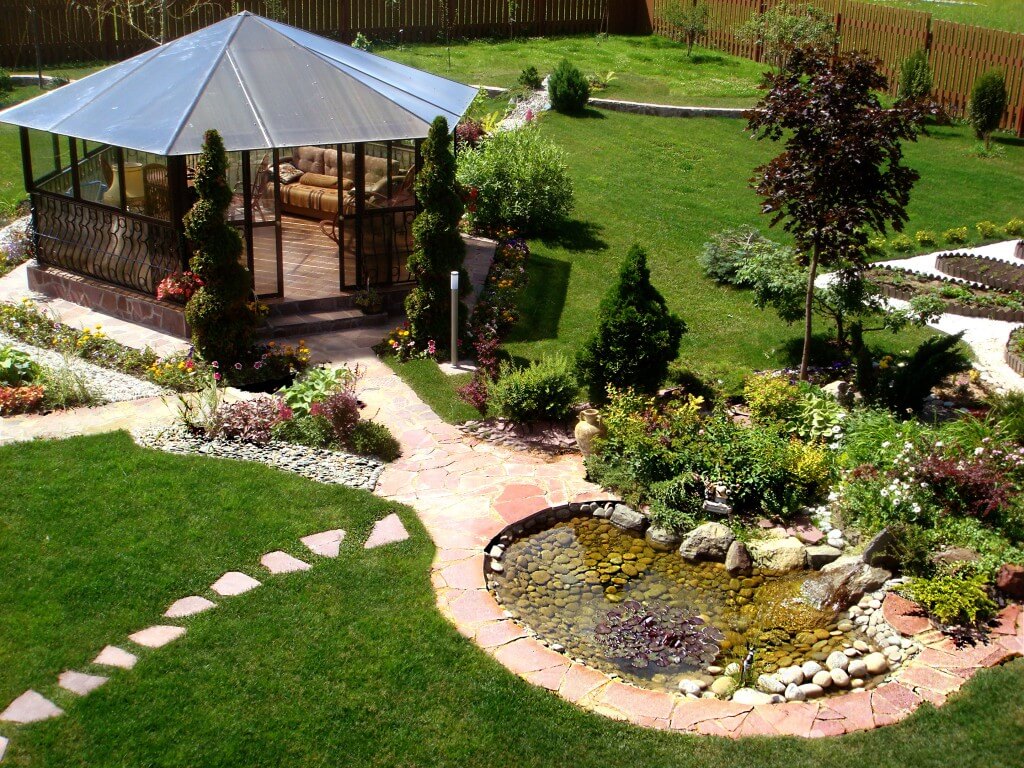
09.18.2023 / 27308 Views
A well-designed garden is a work of art, a living masterpiece that evolves with time, care, and creativity. Whether you have a sprawling estate or a cozy urban balcony, the process of designing and nurturing a garden can be a deeply fulfilling and rewarding endeavor. In this comprehensive guide, we will explore the world of garden design, offering a plethora of ideas and expert tips to help you transform your outdoor space into a beautiful and harmonious landscape. Whether you're a seasoned gardener looking to refresh your garden or a novice eager to embark on your first gardening adventure, this article will inspire and guide you on your journey to creating a truly enchanting garden.
The Essence of Garden Design
Garden design is more than just arranging plants; it's about crafting an environment that reflects your personality, enhances your surroundings, and fosters a connection with nature. A well-designed garden is a place of tranquility, beauty, and inspiration, where every element, from plants to pathways, plays a vital role in the overall composition.
Designing Your Garden: The Basics
1. Assess Your Space
Begin by evaluating your outdoor space. Consider its size, shape, and existing features, such as trees, shrubs, or structures. Understanding your garden's unique characteristics will help you make informed design decisions.
2. Define Your Purpose
Determine the primary purpose of your garden. Are you looking to create a serene retreat, a vibrant entertainment area, or a bountiful vegetable garden? Your garden's purpose will guide your design choices.
3. Create a Vision
Envision the overall look and feel you want to achieve. Do you prefer a formal, structured garden with neat lines and symmetry, or are you drawn to a more naturalistic, cottage-style garden with meandering paths and abundant wildflowers? Your vision will serve as your design compass.
Elements of Garden Design
1. Plant Selection
Plants are the heart of any garden. Choose a diverse selection of plants based on factors like color, texture, height, and bloom time. Consider a mix of perennials, annuals, shrubs, and trees to ensure year-round interest.
2. Layout and Structure
The layout of your garden is crucial for creating visual appeal. Experiment with different shapes, patterns, and focal points to guide the eye and add interest. Pathways, pergolas, and garden structures can also define spaces and provide architectural interest.
3. Color Palette
A thoughtfully chosen color palette can unify your garden's design. Whether you prefer a harmonious monochromatic scheme or a riot of complementary colors, consistency in your plant choices can tie everything together.
4. Texture and Contrast
Texture adds depth and visual interest to your garden. Combine plants with varying leaf textures, such as smooth, rough, glossy, or fuzzy. Contrast different elements, such as soft grasses against hard stone pathways, for dynamic effects.
5. Balance and Proportion
Achieving balance in your garden is essential. Balance doesn't necessarily mean symmetry; it can be achieved through the careful distribution of visual weight. Consider the proportion of each element in your garden to maintain harmony.
6. Focal Points
Focal points draw the eye and add drama to your garden. Use striking plants, sculptures, or architectural elements as focal points to create a sense of intrigue and discovery.
Practical Garden Design Tips
1. Think About Sustainability
Consider sustainable practices such as xeriscaping (using drought-tolerant plants), collecting rainwater, and composting to minimize environmental impact and reduce maintenance.
2. Plant for Seasons
Plan your garden to have something in bloom or providing interest during each season. This ensures year-round beauty and enjoyment.
3. Create Zones
Divide your garden into zones or areas based on function. For example, a seating area, a vegetable garden, and a flowering border. This helps organize the space and makes it more user-friendly.
4. Work with Light and Shade
Understand the sun and shade patterns in your garden. Plant sun-loving species in sunny areas and shade-loving plants in shadier spots to maximize their health and beauty.
5. Garden Maintenance
Regular maintenance is essential for a beautiful garden. Prune, weed, and deadhead spent flowers to keep your garden looking its best. Additionally, stay on top of pest and disease management to protect your plants.
Conclusion
Garden design is an art form that allows you to express your creativity, connect with nature, and transform your outdoor space into a sanctuary of beauty and tranquility. Whether you're starting from scratch or reviving an existing garden, the principles of assessing your space, defining your purpose, and creating a cohesive vision will guide you toward success.
By understanding the elements of garden design, such as plant selection, layout, color palette, texture, balance, and focal points, you can craft a garden that not only delights the eye but also nourishes the soul. Remember that your garden is a living canvas that will evolve over time, so embrace the journey of growth and change as you watch your garden flourish into a stunning masterpiece that reflects your unique style and passion for the natural world. Happy gardening and designing!